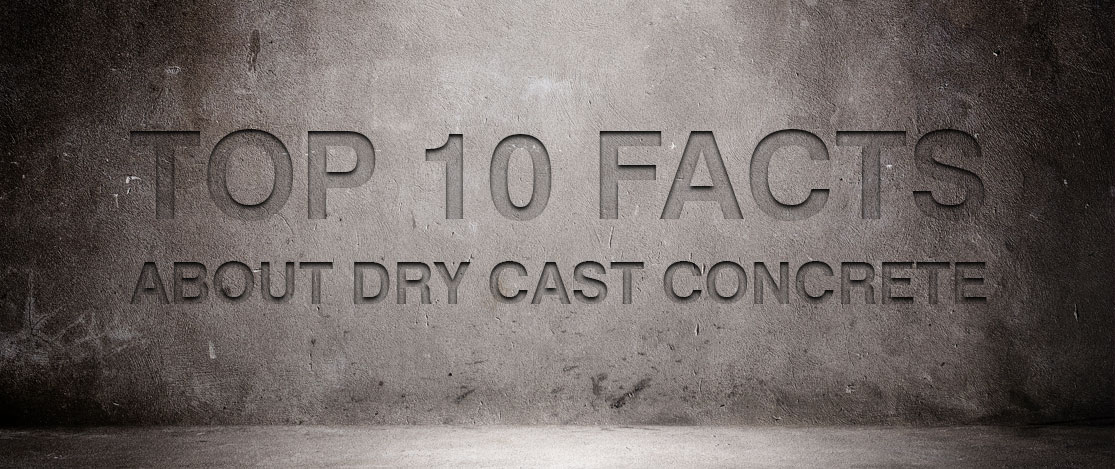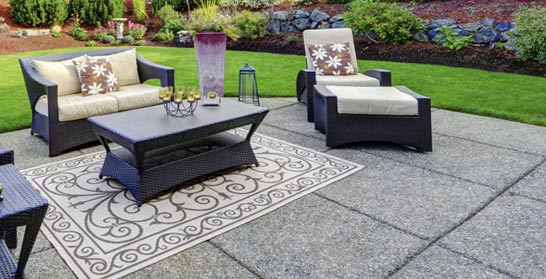Many people don’t realize that concrete is not a fairly modern material, but was in use thousands of years ago. Builders learned that the best way to create durable concrete structures was keeping water-to-cement ratios low. Today this admixture is known as dry cast concrete – still one of the best construction alternatives. Here are 10 facts about dry cast concrete.

1. Better Production
One of the advantages of dry cast is that it can be consolidated in a form. The stiffness of the finished concrete allows the form to be stripped away before curing is complete. The dense concrete mixture stands under its own mass for further curing. Meanwhile, the form can be used again.
2. Minimal Shrinkage
Dry cast construction is more reliable since creep from shrinkage is minimized. With other hydrated compounds, water loss leads to smaller finished dimensions, but with concrete tiny particles remaining in contact. The result is a more cohesive aggregate that retains the original size.
3. Roller Compaction
Zero-slump concrete pavements are not even covered in concrete technical certification. But this is possible and becoming more standard with roller-compacted concrete, which uses many of the same methods as dry cast.
4. Vibration
One factor in dry cast products is mixing through vibration. Because the mix is so heavy, internal vibration methods aren’t effective. Traditionally this was done through centrifugal force or vibrating cylinder heads. Current methods produce better products.
5. Heavy Duty Forms
Durable forms are a necessity in dry cast. However, forms with thicker walls or heavier materials dampen the vibration. Also, the same forms are used repeatedly each day. Satisfying both issues has led to some very well-engineered products.
6. Let Out The Bottom
Forms are shaped with a slight taper. This reduces the friction and suction when removing the form. Tapering has to be considered when precise dimensions are called for.
7. Forget The Slump Cone
Dry cast is often referred to as “zero-slump” concrete because the drier mix is more concentrated and there is zero settling. A slump cone, typically used to determine concrete slump, isn’t necessary.
8. No Air Tester
With wet-mix methods, tiny air bubbles trapped in the mix can weaken the overall strength of the finished product. In dry cast, this is seldom a problem as lower water-cement ratios and external vibration tend to break up and disperse any air bubbles.
9. Running Cylinders
Concrete manufacturers need to test cylinders to meet guidelines with product specifications. The dry cast method of fabricating cylinders is different from wet-cast methods. Normally a test cylinder is produced and evaluated.
10. Savings And Speed
If there is high demand for a concrete product, and it can be standardized, the initial cost of creating a form is justified. Reusable forms in dry cast allow for faster production and product consistency, while the speed of the operation saves on labor costs.
Dry cast concrete methods provide many advantages. Whatever your production method, Del Zotto Products has built an industry-leading reputation on innovation and quality equipment.

